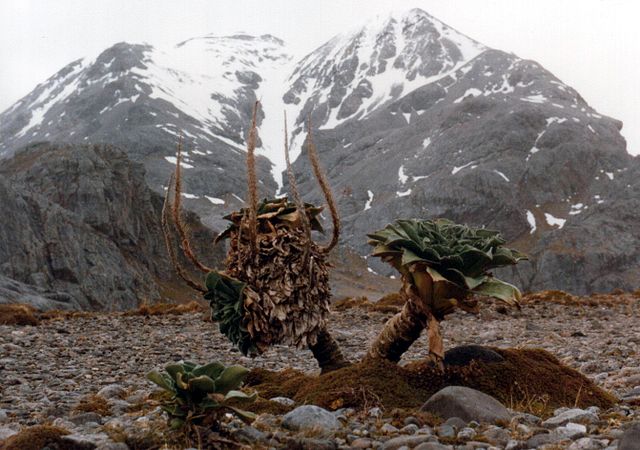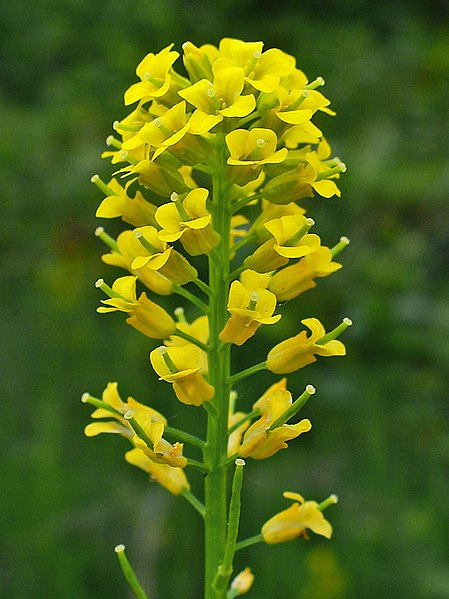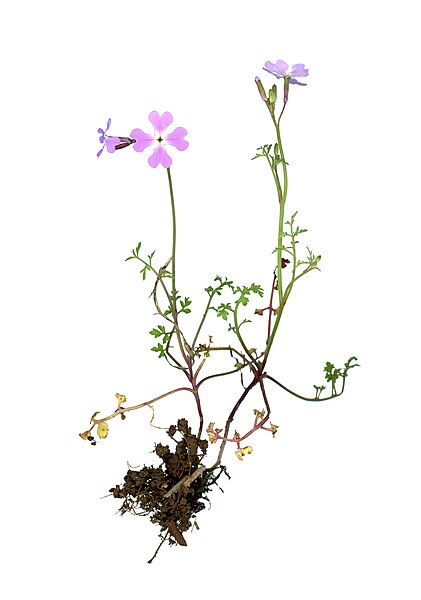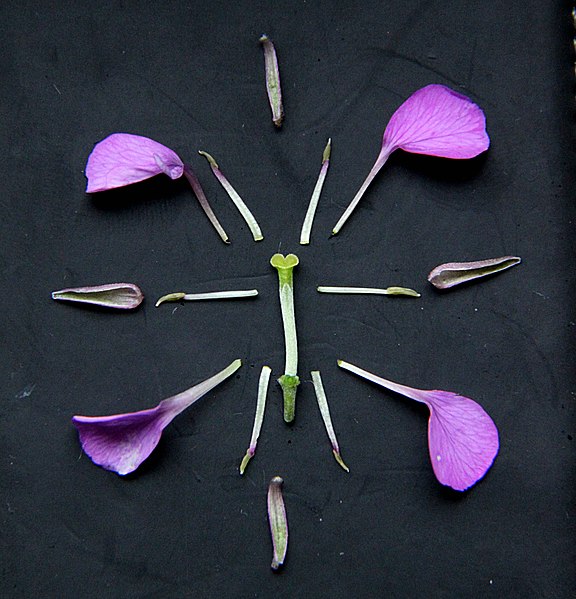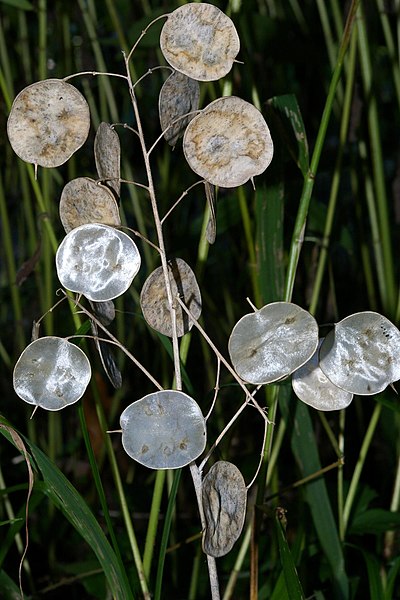Pringlea antiscorbutica, commonly known as Kerguelen cabbage, is a flowering plant and the sole member of the monotypic genus Pringlea in the family Brassicaceae. Its common name comes from the archipelago of its discovery, the Kerguelen Islands, and its generic name derives from Sir John Pringle, president of the Royal Society at the time of its discovery by Captain James Cook's Surgeon, William Anderson in 1776.
Image: Pringlea antiscorbutica
Image: Pringlea antiscorbutica Hook.f. (Botany of Antarctic Plate XC XCI)
Kerguelen cabbages on Mayes island (Kerguelen Islands)
An old Kerguelen cabbage on the Péninsule Rallier du Baty, Kerguelen Island
Brassicaceae or Cruciferae is a medium-sized and economically important family of flowering plants commonly known as the mustards, the crucifers, or the cabbage family. Most are herbaceous plants, while some are shrubs. The leaves are simple, lack stipules, and appear alternately on stems or in rosettes. The inflorescences are terminal and lack bracts. The flowers have four free sepals, four free alternating petals, two shorter free stamens and four longer free stamens. The fruit has seeds in rows, divided by a thin wall.
Brassicaceae
Ricotia lunaria
Typical floral diagram of a Brassicaceae (Erysimum "Bowles' Mauve")
Lunaria annua with dry walls of the fruit




